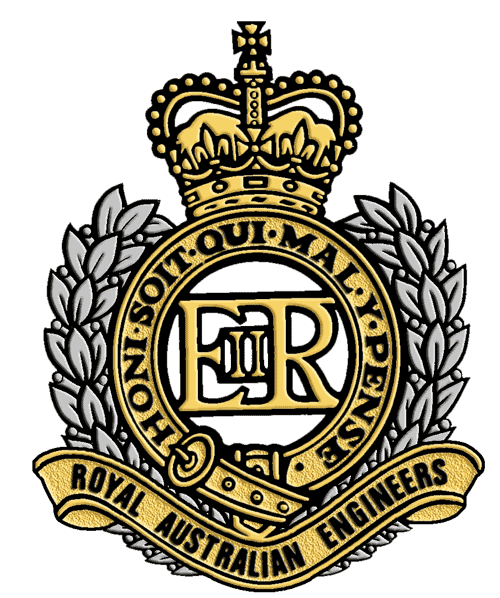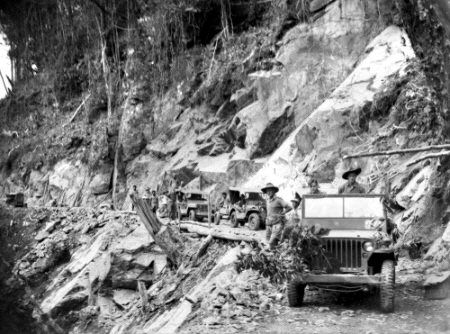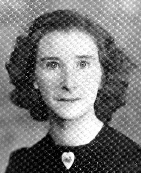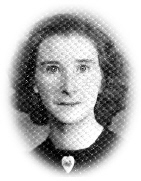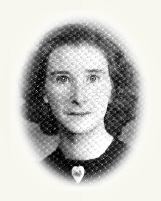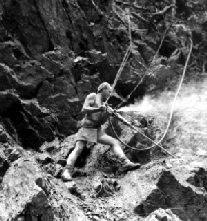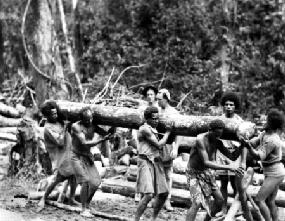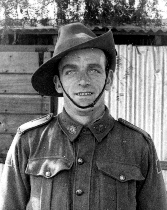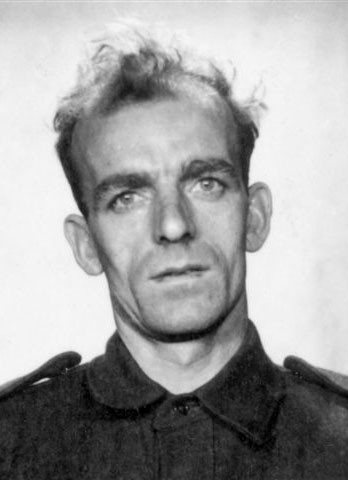World War Two
World War Two was another turning point in the history for the Royal Australian Engineers. From a very small pre-war size (233 troops and 1750 militia) it expanded to a total of 32,984 men in 1945.
Some of the many and varied tasks undertaken by sappers in the Middle East theatre of war included clearing the way for the advance in the First Libyan Campaign, keeping the roads open in Greece in spite of German dive bombers, carrying out major demolitions during the withdrawal from Greece, laying minefields and constructing defences at Tobruk, clearing minefields during the El Alamein offensive, and construction of the Haifa-Tripoli railway.
The entry of Japan into the war in 1941 presented the Corps with new, and in many ways, more difficult problems. The redeployment of the 2nd AIF to the South West Pacific not only required adaptation to new techniques and different problems, but also demanded the creation of expanded control elements for the Corps. The appointment of the Engineer-in- Chief with the rank of Major-General and the Directors of Engineer Stores, Fortifications and Works, and Transportation, was the result.
The terrain, climate and general lack of communications facilities in Malaya, New Guinea and Borneo created problems. Roads, airfields, ports and bases had to be constructed almost every where and, as a consequence, by far the greater part of sapper effort was spent on construction tasks. On the combat engineering side, new techniques had to be developed and mastered for breaching obstacles during assault landing and clearing tunnels and bunkers. The Seria oil installations in Borneo provide an excellent example of the varied tasks undertaken by the sappers. Left a blazing wreck by the Japanese, this oilfield was reconstructed and put into production again by the 9th Division Engineers.





